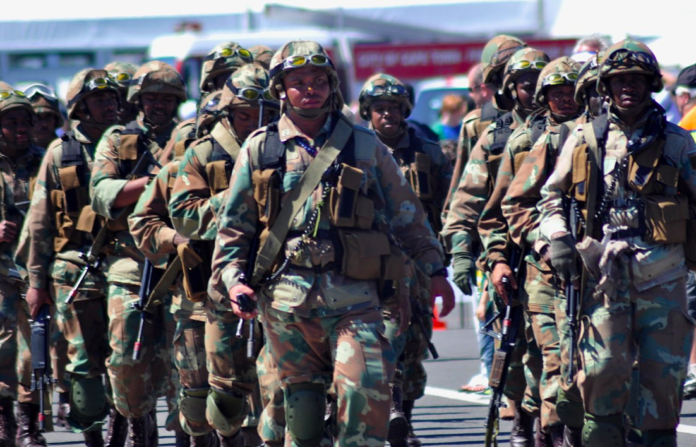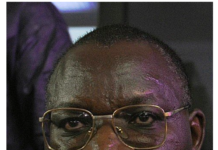The South African National Defence Force (SANDF) has recently faced significant challenges during its deployment in the Democratic Republic of Congo (DRC), as part of the Southern African Development Community Mission (SAMIDRC). On February 14th, a mortar attack resulted in the tragic loss of two SANDF soldiers and injuries to three others, marking the first casualties for the South African contingent within this mission. The attack occurred at approximately 13h30, when a mortar bomb struck a military base housing South African forces. The Department of Defence, through its Head of Communication Siphiwe Dlamini, confirmed these details and noted that the injured personnel were promptly transported to a hospital in Goma for medical treatment. The incident’s specifics remain under investigation to ascertain its underlying causes.
In the wake of this incident, expressions of condolence and wishes for a swift recovery to the injured were extended by prominent South African officials, including the Minister of Defence and Military Veterans, Thandi Modise, and the Chief of the SANDF, General Rudzani Maphwanya. President Cyril Ramaphosa has committed substantial resources to this mission, deploying 2,900 SANDF members from December 15, 2023, to December 15, 2024, at a financial outlay of R2 billion. The mission’s objective is to aid the DRC government in establishing peace, security, and stability within the region.
The SAMIDRC, which includes forces from Malawi, Tanzania, and the Congolese Army (FARDC), faces significant obstacles, notably from the M23 rebels. These challenges are exacerbated by the recent withdrawal of United Nations peacekeepers from the MONUSCO mission, leaving a security vacuum that the rebels seem poised to exploit, particularly around the strategic city of Goma.
Experts, such as aviation specialist Dean Wingrin, have raised concerns about the sustainability and efficacy of South Africa’s military engagements, given the constraints of a diminishing defence budget and the absence of critical air support. The SANDF’s capabilities are stretched thin across multiple deployments, including peacekeeping missions in Mozambique and the DRC, border safeguarding operations, and internal assignments such as protecting Eskom power stations and combating illegal mining. The lack of adequate air support, particularly the availability of Rooivalk attack helicopters and Oryx transport helicopters, has been highlighted as a significant vulnerability, potentially jeopardizing the safety of deployed troops.
Further complicating the SANDF’s mission in the DRC are the increasingly sophisticated armaments accessed by rebel groups. Reports from the United Nations indicate that rebels, including the M23, possess advanced weaponry, such as mobile surface-to-air missile systems, suspected to be supplied by external backers. These developments pose a heightened threat to both peacekeeping forces and the broader mission’s success in the region.
































































